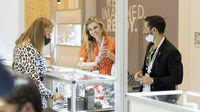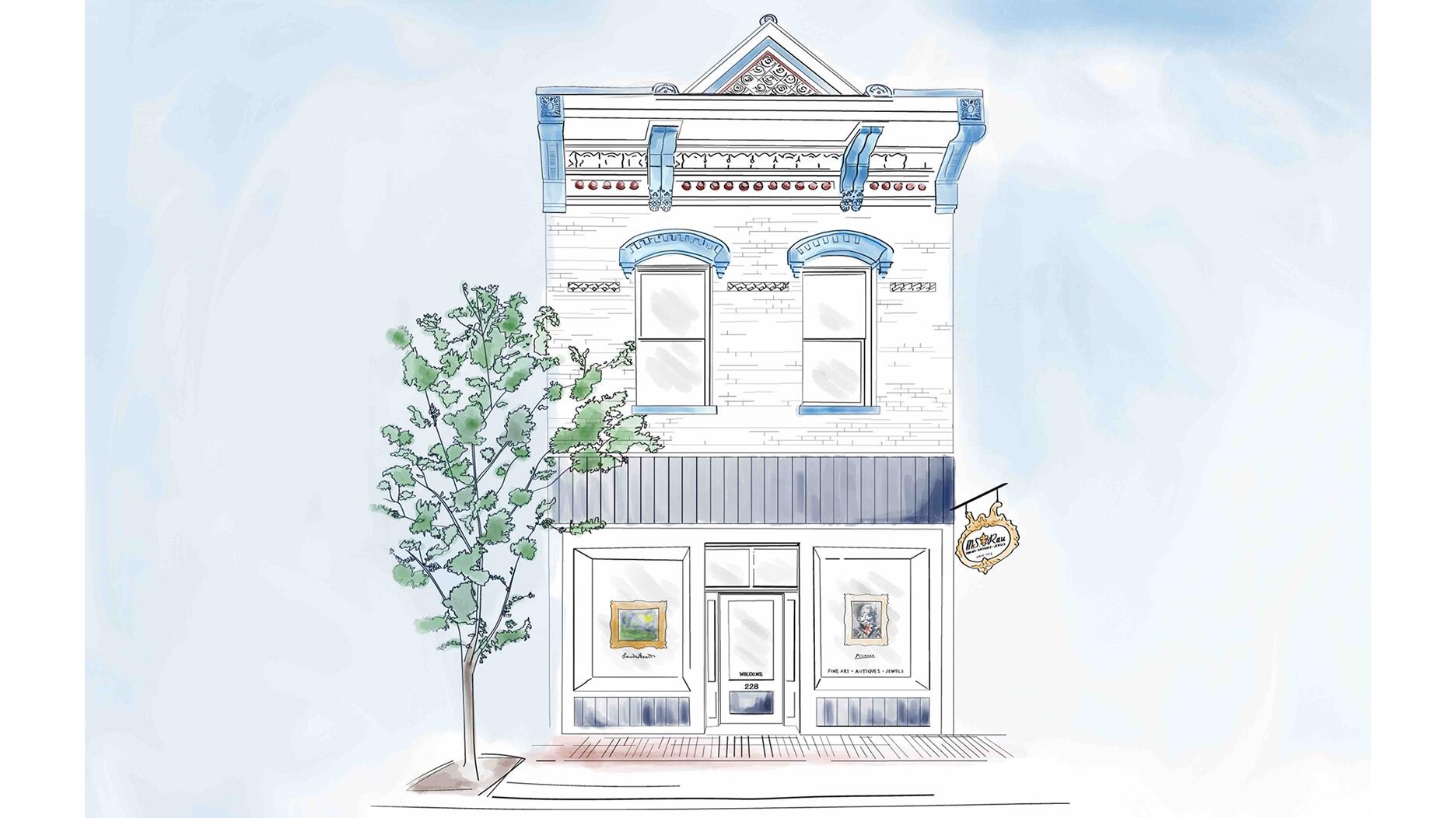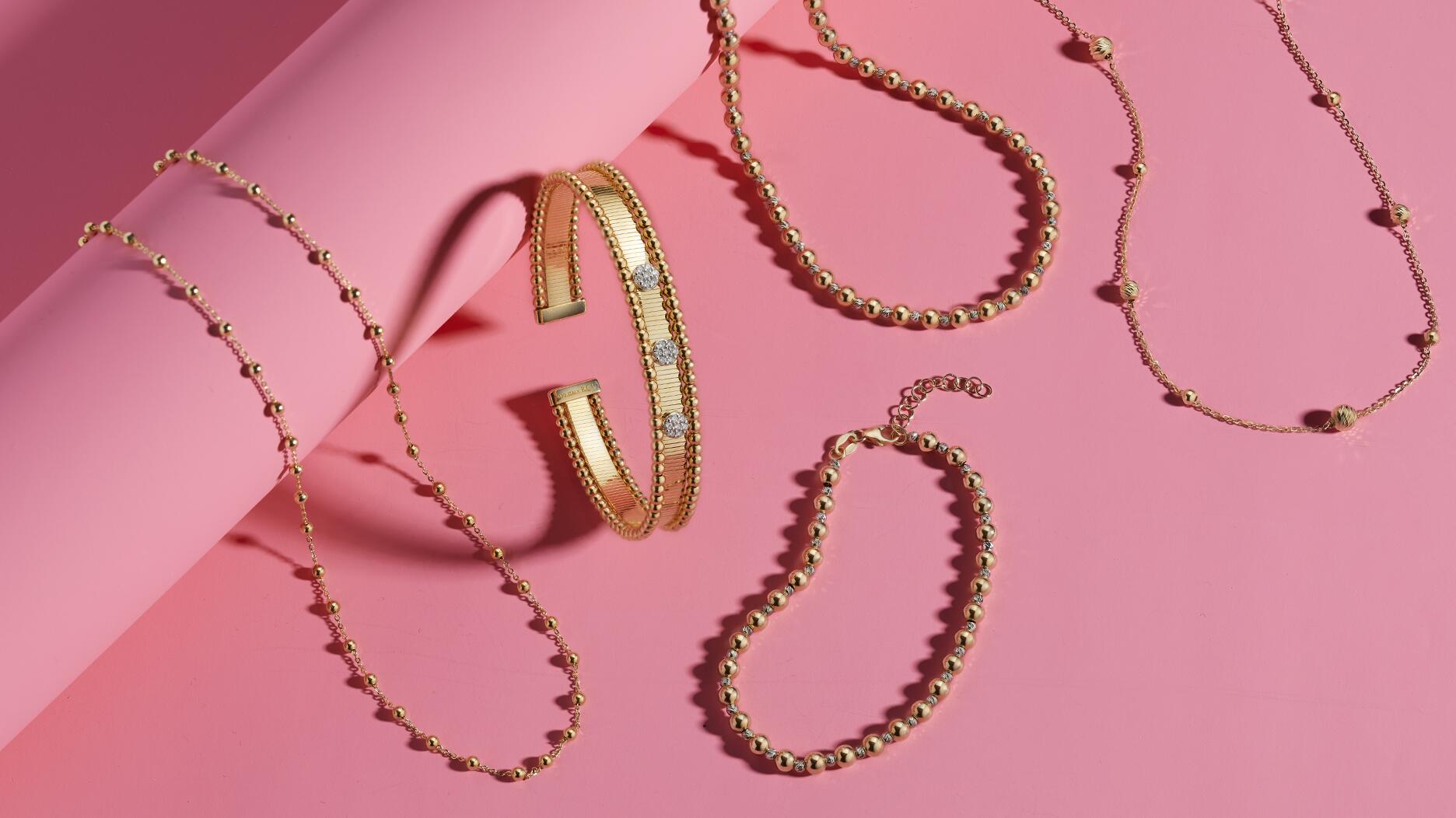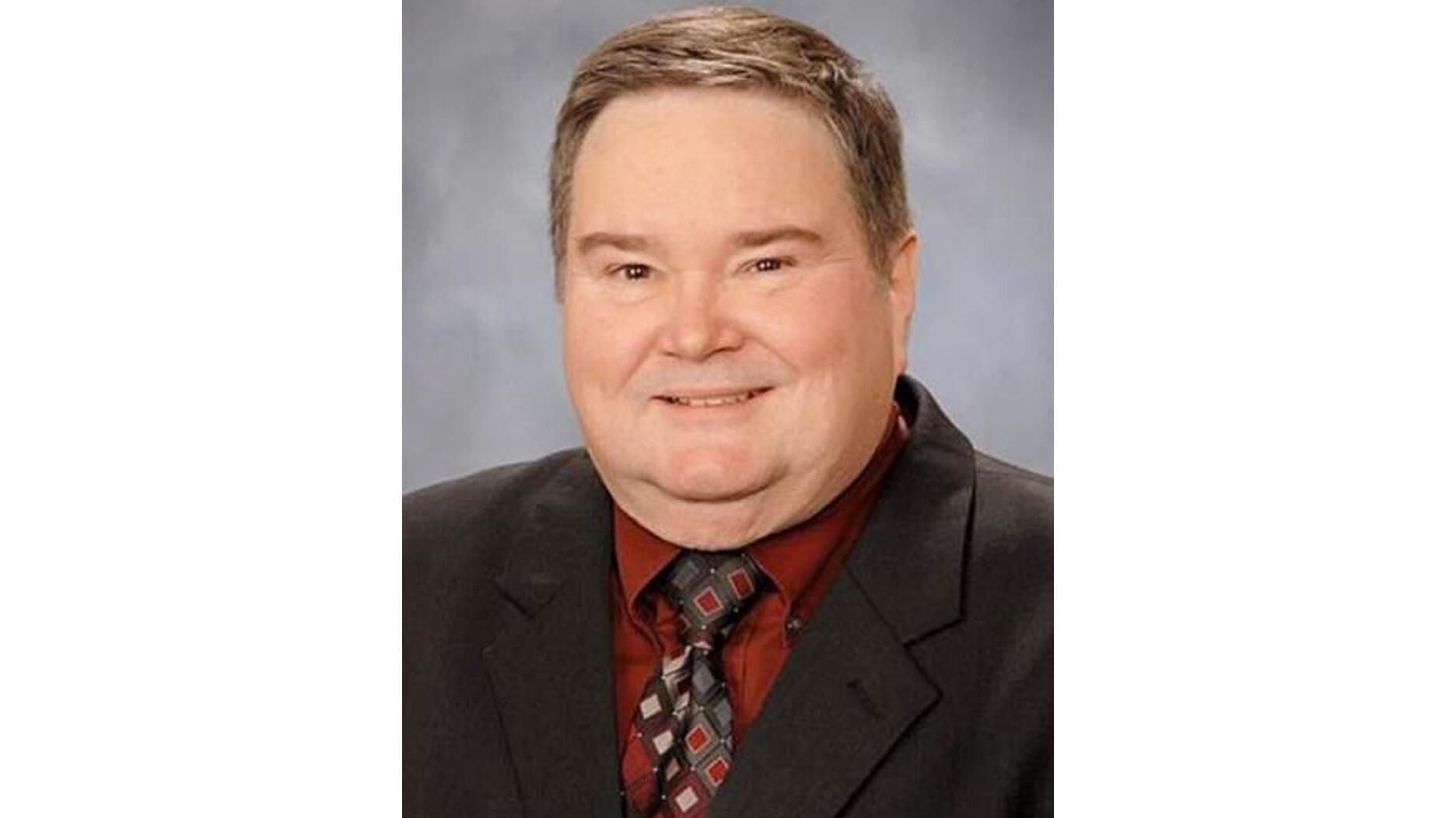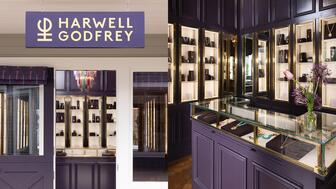5 Things to Know About Selling Jewelry to the LGBTQ+ Community
Color Source Gems’ Jeremy Chalchinsky covered authentic advertising, anti-discrimination policies, and more during an AGS Conclave session.
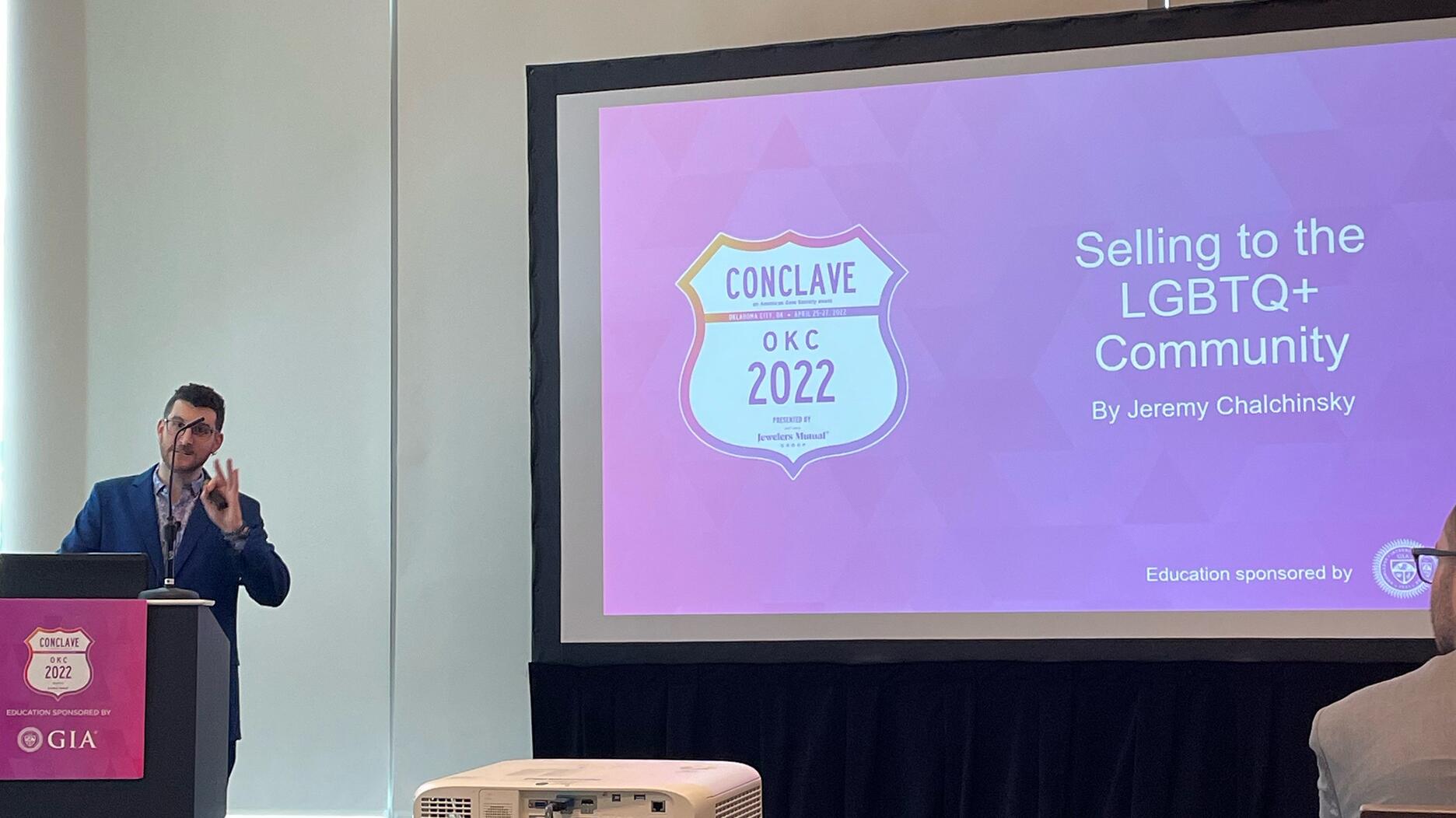
Jeremy Chalchinsky, vice president of sales at Color Source Gems, was at the helm, PowerPoint clicker in hand as his mother and coworker, Rachel, observed from a few rows back.
He clicked to the first slide, starting his presentation with an unexpected opening line.
“I’m not gay,” said Chalchinksy, swiftly ushering out the elephant in the room.
So, what was he doing up at the podium?
“For a long time, I have heard people say that it’s up to the allies to stand up and say something. I decided to finally be that person within our industry,” he said in a statement to National Jeweler.
While he had reservations about being the right person for the topic, and concerns about potential backlash, he took inspiration from a framed quote in his office: “Feel the fear and do it anyway.”
The industry has begun having the uncomfortable but necessary conversations about race, but the diversity discussions have rarely included the LGBTQ+ community, he said.
“So many of my peers and friends are members of the LGBTQ community. They have lives, they love, and they buy jewelry. They’re also members within our industry community. We all deserve to feel safe and represented.”
“I was grateful to AGS for giving me the opportunity and for being so inclusive and open to diversity,” Chalchinsky concluded.
Here are five key takeaways from his presentation.
Know your customer.
Chalchinsky started his presentation with the basics, going over each letter in the LGBTQ+ with a brief explanation.
He delved into hot topics and issues specific to each community, like the difference between bisexual and pansexual and what it means to be genderqueer or genderfluid.
He took special care to explain what it means to be trans, noting that this group faces the most discrimination.
While jewelers, and people at large, should take the time to educate themselves on each community, Chalchinsky made it clear that these questions should not be posed to the customer.
It is never appropriate, for example, to ask a customer if they’ve undergone surgery or hormone therapy, or to comment on whether or not they “pass” as a man or a woman.
A retailer wouldn’t ask a non-trans customer about their genitals, he noted, so the same rule applies here.
As for knowing which pronouns to use, there’s no clear answer, but the most important part is to show that you are trying to be inclusive, he said.
When in doubt, use “they” or the person’s name.
If a mistake is made, apologize and be mindful of how to address this customer going forward.
The LGBTQ+ community has a lot of spending power.
Chalchinsky pulled out some interesting statistics to accompany his presentation.
A 2021 U.S. Census Bureau survey gathered info on the sexual orientation of adults aged 18 and over.
More than 3 percent of respondents identified as gay or lesbian, 4 percent as bisexual, 2 percent as “something else” and 2 percent responded, “I don’t know.”
That’s about 11 percent of the U.S. population a jeweler could miss out on by not welcoming members of the LGBTQ+ community.
A Gallup poll from February 2022 found that about 21 percent of Gen Z adults, those born between 1997 and 2003, identify as LGBT.
“That is nearly double the proportion of millennials who do so, while the gap widens even further when compared with older generations,” Gallup noted.
Chalchinsky cited a Nielsen study that found LGBTQ+ consumers make about 10 percent more trips to the store per year than their non-LGBTQ+ counterparts and spend about 7 percent more during those trips.
Though they may spend more, they don’t necessarily earn more, he said, due to discrimination in housing, the workforce, healthcare, and other areas.
He noted, however, that many LGBTQ+ couples have no children or fewer children than their non- LGBTQ+ counterparts, which means that, though they might earn less, they have more discretionary income.
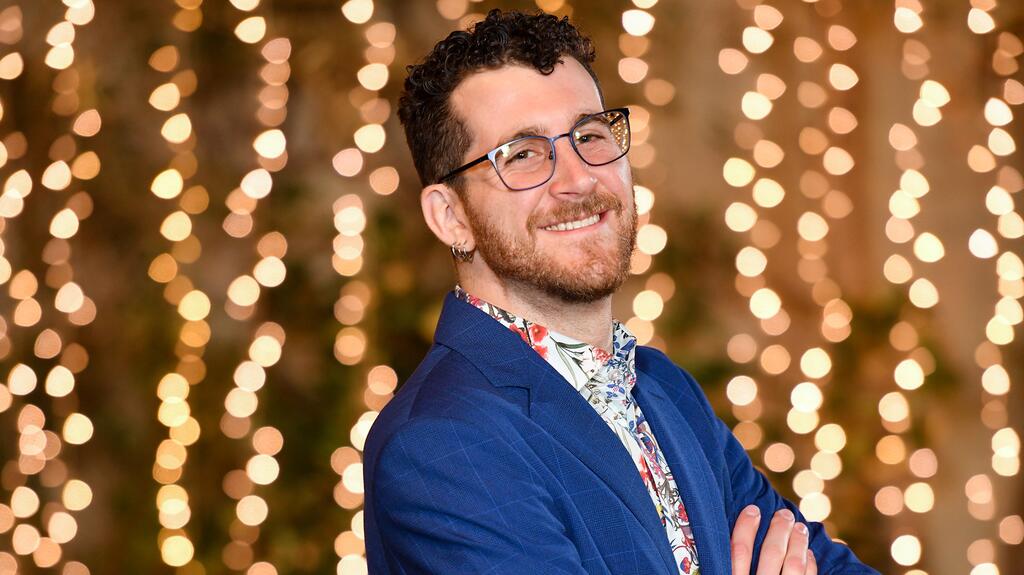
Set anti-discrimination policies in the workplace.
Retailers should have anti-discrimination policies in place that extend to all types of discrimination and protect both customers and employees.
A supportive and professional environment is important for all employees, said Chalchinsky.
Just because an employee hasn’t publicly identified themselves as LGBTQ+ doesn’t mean that they aren’t in need of protection against discrimination, he added.
It’s also crucial that everyone is on board.
Because many independent jewelry stores are still family-owned operations, Chalchinsky gave the example of a strong-willed aunt with even stronger opinions who has worked behind the counter for decades.
There should be no passes given to employees who are discriminating or making other employees uncomfortable, regardless of how difficult the conversation may be.
A negative interaction with an LGBTQ+ customer, particularly one caught on camera, could cost a jeweler its reputation. And remember, basically everyone has a camera now, said Chalchinsky.
Reach out to the LGBTQ+ community.
As with any customer demographic, jewelers should meet LGBTQ+ customers where they are.
Consider partnering with a local business that caters to the LGBTQ+ community, or sponsoring a drag night at a local bar, Chalchinsky said.
During the Q&A portion of the session, an attendee lamented that her store wanted to welcome LGBTQ+ customers, but she was wary of alienating the bread-and-butter customers in her conservative area by showing outward displays of support, like a Pride flag.
For business owners, it may be easier said than done not to take their money when bills and employees need to be paid.
Chalchinsky noted that many trendsetters on social media, whether on Instagram, TikTok, or another platform, are members of the LGBTQ+ community. One of his suggestions was to partner with these influencers, who will reach the intended audience and avoid the “conservative” consumers.
Hanging a rainbow flag is an outward display of welcoming, but a sticker in the window from the Human Rights Campaign can also convey support but in a more subtle way, an attendee suggested.
Stay away from “rainbow capitalism.”
On the topic of advertising, Chalchinsky introduced the term “rainbow capitalism” to the audience. It’s a term that describes the commercialization of the LGBTQ+ movement, particularly Pride Month.
Every June, retailers large and small roll out the rainbow merchandise, slapping the Pride flag on as many items as possible.
By July, the outpouring of “love” for the community dries up, while the flow of donations to anti-LGBTQ+ politicians continues.
Consumers can smell pandering a mile away, Chalchinsky said. Authenticity and consistency is key to advertising to this community.
Make a concerted effort to include LGBTQ+ consumers in advertising year-round and don’t rely on old stereotypes.
Some customers may want rainbow jewelry, he said, but LGBTQ+ customers enjoy all kinds of jewelry, just like everyone else.
He added that consulting people within the community about an ad campaign can be the difference between a rousing success and an embarrassing flop.
The Latest
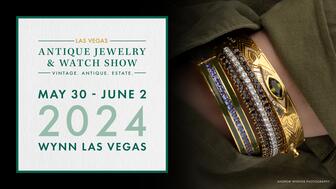

Sponsored by the Las Vegas Antique Jewelry and Watch Show
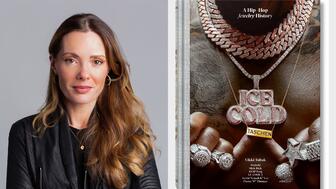
Tobak, author of “Ice Cold: A Hip-Hop Jewelry History,” shares how the exhibition came to be, and the pieces people may be surprised to see.
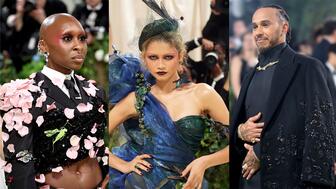
Stars adorned themselves in emeralds, platinum, and myriad bird motifs, writes Associate Editor Natalie Francisco.
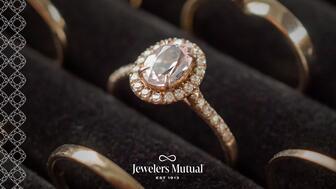
Tradeshow risks are real. Get tips to protect yourself before, during and after and gain safety and security awareness for your business.
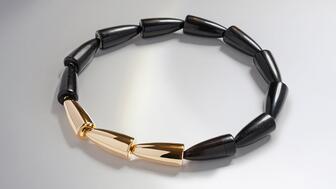
The branded jewelry market is thriving, said Richemont Chairman Johann Rupert.

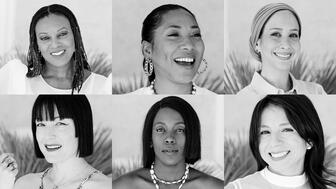
The six designers, all participants in the show’s Diversity Action Council mentorship program, will exhibit in Salon 634.
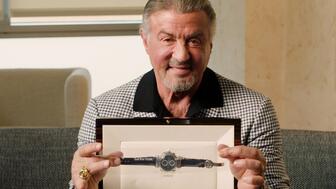
The highlight of his collection is the coveted Patek Philippe Grandmaster Chime, which could sell for up to $5 million.

Meet Ben Claus—grand prize winner of For the Love of Jewelers 2023 Fall Design Challenge.

The “Venetian Link” series modernizes the classic Veneziana box chain in its bracelets and necklaces.
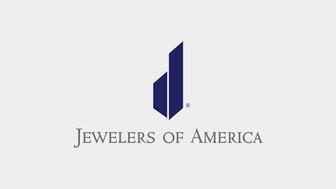
The Seymour & Evelyn Holtzman Bench Scholarship will provide tuition assistance to two low-income students.

The Swiss watchmaker said the company’s plans to use a new version of the Hallmark crown on jewelry would confuse consumers.

The executive talked about the importance of self-purchasers and how fuel cell electric vehicles are going to fuel demand for platinum.

The Indian jeweler’s new store in Naperville, Illinois marks its 350th location, part of its ongoing global expansion plans.
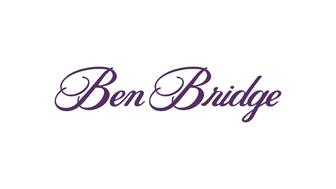
It will award a graduating high school student with about $10,000 toward a GIA diploma and an internship with the Seattle-based jeweler.

Wheat Ridge, Colorado police took a 50-year-old man into custody Wednesday following a two-month search.
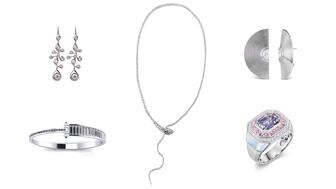
PGI partnered with four new and seven returning designers for its annual platinum capsule collection.
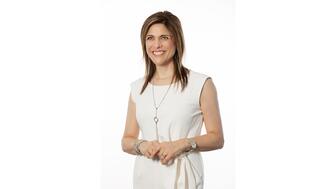
Nicolosi, president and CEO of The Kingswood Company, previously sat on WJA’s board from 2011 to 2018.
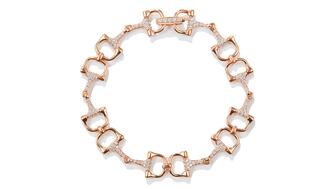
Karina Brez’s race-ready piece is a sophisticated nod to the horse-rider relationship.

The men are allegedly responsible for stealing millions in jewelry and other valuables in 43 burglaries in 25 towns across Massachusetts.

“Horizon” invites individuals to explore the limitless possibilities that lie ahead, said the brand.
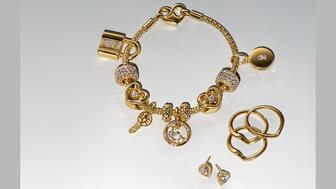
The jeweler credits its recent “Be Love” campaign and ongoing brand revamp for its 17 percent jump in sales.
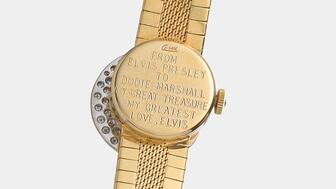

Elvis Presley gifted this circa 1967 gold and diamond watch to Dodie Marshall, his co-star in “Easy Come, Easy Go.”

Concerns about rising prices, politics, and global conflicts continue to dampen consumer outlook.
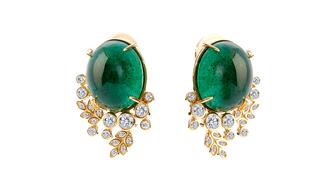
May’s birthstone is beloved for its rich green hue and its versatility.
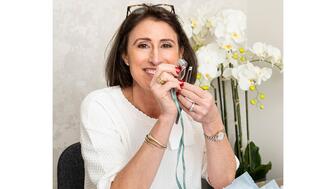
Jacqui Larsson joins Opsydia with nearly two decades of experience in the industry.

Last month in Dallas, David Walton pushed another jeweler, David Ettinger, who later died.

